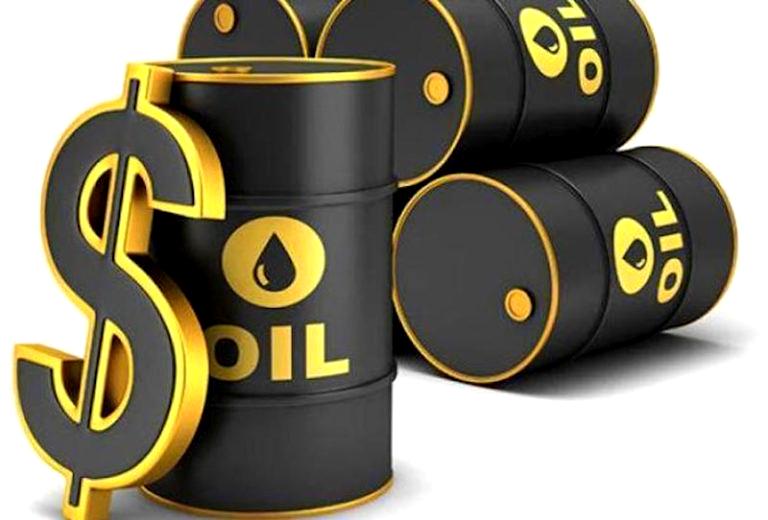Oil prices extended gains to their highest levels in over seven years on Friday as ongoing global political turmoil fanned concerns over tight supply. The benchmark contracts are on track for their sixth straight weekly rise, the longest run of gains since October. Brent futures rose $1.25, or 1.4%, to $90.59 a barrel having hit their highest level since October 2014 at $91.70. U.S. West Texas Intermediate crude futures gained $1.05, or 1.2%, to $87.66 a barrel after hitting an over seven-year high of $88.84.
Supply scarcity has pushed the six-month market structure for Brent into steep backwardation of $6.92 a barrel, the widest since 2013. This means that current levels are higher than those in later months, which usually encourages traders to release oil from storage to sell it promptly. Major producers in the Organisation of the Petroleum Exporting Countries (OPEC) and allies led by Russia, collectively known as OPEC+, have struggled to raise their production levels. The market has also reacted to attacks on United Arab Emirates by Yemen’s Houthi group. Prices continue to receive support from concerns over a possible military conflict in Ukraine that could disrupt energy markets, though the concerns are generally more concentrated around natural gas supply to Europe.
U.S. President Joe Biden and his European Union counterpart Ursula von der Leyen on Friday pledged to cooperate on energy security and Ukraine over Russia invasion threats. “So far there has been no supply disruptions in Eastern Europe, so guess the risk premium related to those tensions is not so high, but some investors still prefer to hold their exposure,” UBS analyst Giovanni Staunovo said. The market is also focused on the Feb. 2 meeting of OPEC+. The producer group is likely to stick with a planned rise in its oil output target for March, several OPEC+ sources told Reuters. “This is because some key producers in the OPEC+ group, including Russia, continue to struggle to meet their output quotas,” said Marshall Steeves, energy markets analyst at IHS Markit. U.S. production has struggled its way higher even as the rig count has been rising, Steeves said, adding that we could see higher output this year. On the demand side, crude oil imports in China, the world’s biggest importer of the commodity, could rebound by a much as 7% this year, analysts and oil company officials said.
Reuters

